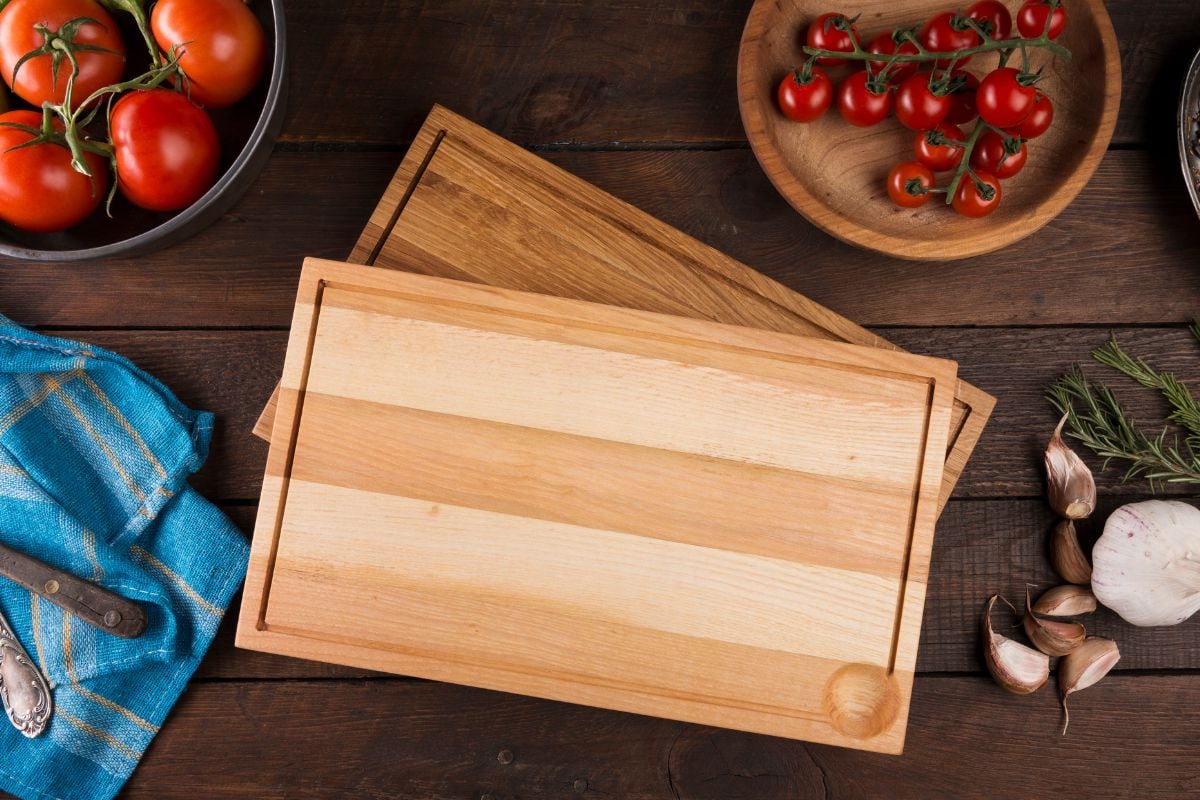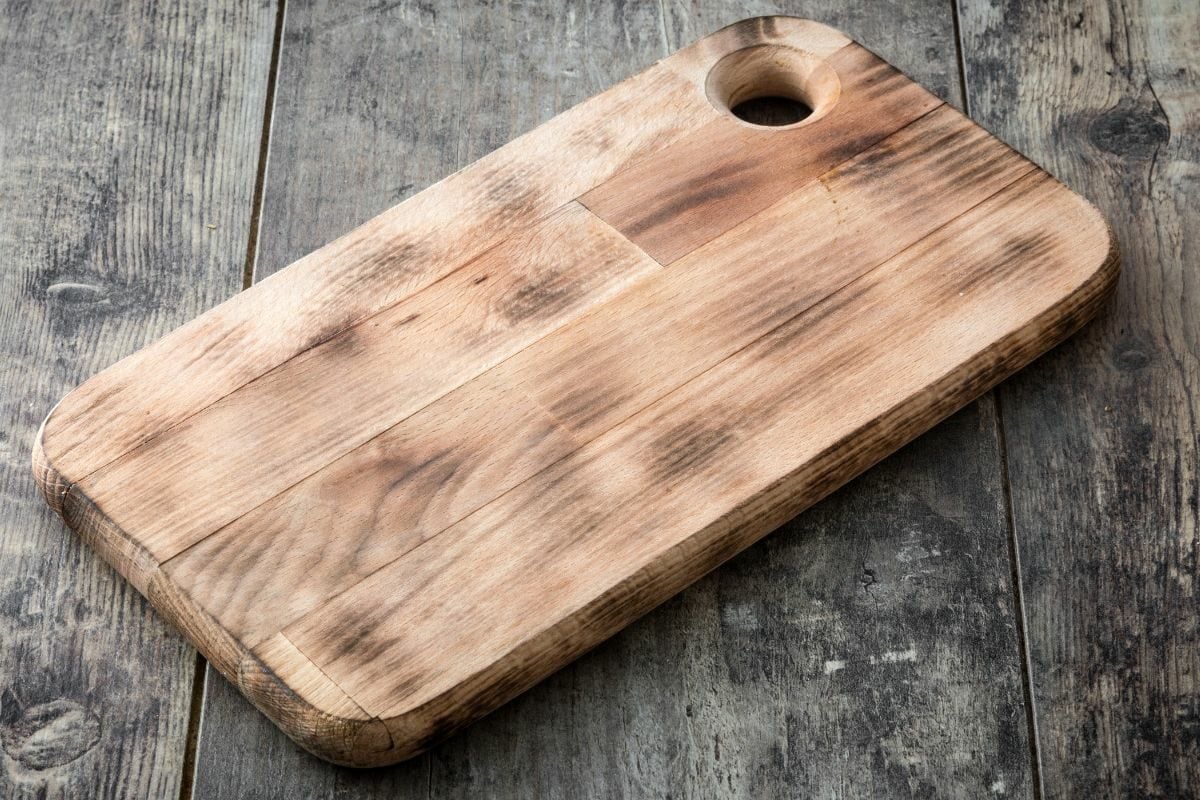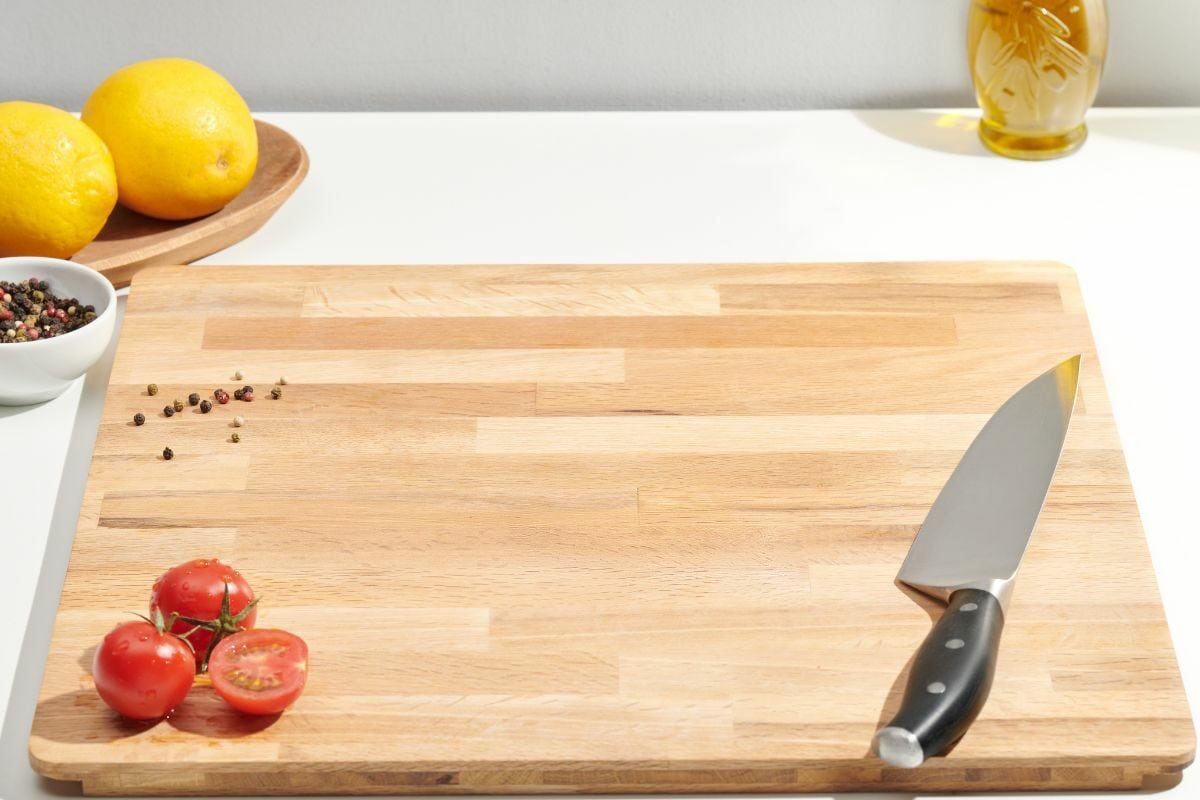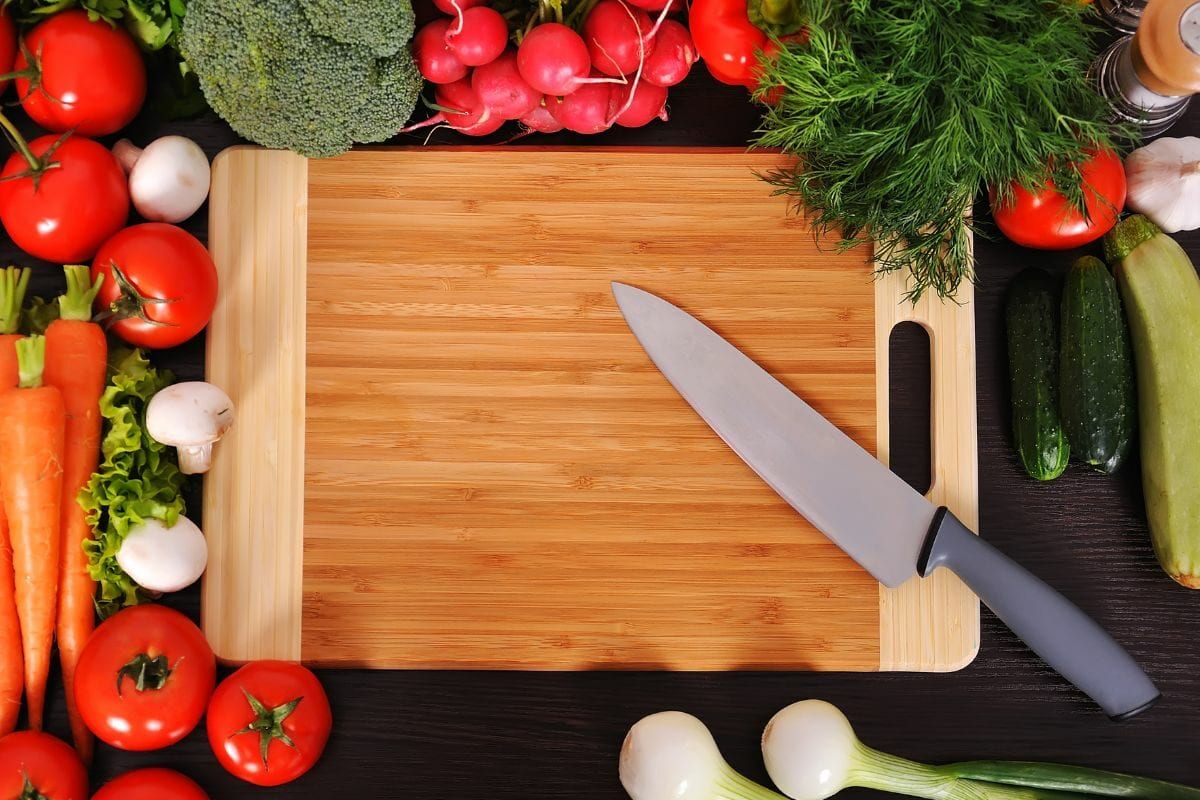When it comes to wooden cutting boards, you have a whole world of choices. As a chef who needs cutting boards for my knives, veggies, meats, and other food items, I’m always faced with two top choices: end grain and edge grain cutting boards.
I’d say the end-grain cutting boards are the best in the chopping world. They’re sturdy, forgiving, and knife–friendly too. But let’s not jump the gun! Each board has its pros and cons. So, let’s explore more to find the perfect cutting board that’ll make your kitchen prep a breeze.

Most professional chefs will tell you that end grain boards are the best. They clean so quickly and are very sturdy and durable.
They have wood fibers that keep your blades sharp for the long haul. Plus, if you’ve used an end grain board, you tend to think they’ve got self-healing powers. Due to the unique structure of the end grain, the wood fibers can naturally reposition themselves. So that’s how the knife marks close up.
However, the end cut board is notorious for having two significant shortcomings. First, the pricing. This cutting board costs more than edge grain boards due to the time needed and the complexity of the process. Also, you must maintain them with mineral oils or block conditioners about once every month, or else they may warp. However, they’re not as prone to warping as edge grain boards.
On the other hand, edge-grain cutting boards are a budget-friendly option without skimping much on durability. But you know what risk you’re dealing with when you pick the cheaper product from the shelf. There’s more tendency of this wood warping or splitting. It’s not that forgiving on the knife and doesn’t self-heal from knife marks.
Wood grain refers to the pattern and texture that you see on the cut surface of the wood. It’s made up of those lovely lines and fibers that run parallel to the tree’s growth rings.
On the wood’s outer surface, the growth rings are often shaped as waves or ripples, which enhances the piece’s character.

An end grain cutting board is one with wood blocks sliced horizontally. The complete growth ring of the wood is often visible on this type of butcher block. The beautiful circular patterns and tiny pores give the wood a unique and distinctive look. It’s like Mother Nature’s fingerprint.
Often, end-grain cutting boards are created from several blocks of wood attached vertically. An example is the Ziruma end grain butcher block. What board manufacturers do is cut the pieces and glue them together side-by-side.
Here’s the cool part: an end grain board is not just a pretty face. It’s tough as nails and forgiving at the same time. That means it can take a beating without showing too many battle scars. That’s why end grain cutting boards are the go-to choice for chopping boards and butcher blocks. It can handle all your slicing, dicing, and chopping while staying sturdy and durable.
So, next time you’re admiring a wooden cutting board or a butcher block, and you spot those circular patterns on the surface, you can bet your bottom dollar that it’s the mighty end grain.
Take Note: Some end grain cutting boards are often colored in several strips that look like wood grains and only reflect aesthetics. They’re fake! So, be on the lookout!
Weigh these pros and cons carefully to see if an end grain cutting board is your kitchen soulmate:

Simply put, an edge grain cutting board is made by arranging the long vertical edges of wood together.
Think about slicing through a tree trunk, going parallel to those growth rings. It’s like looking at a sideways view of those wood rings. You’ll notice those long, straight lines running across the surface, giving it a unique texture.
An edge grain board is the go-to choice for furniture makers and flooring enthusiasts. It hits that sweet spot between durability, cost, and good looks.
For butchers or chefs looking for a butcher block, an edge grain board like the OAKSWARE Cutting Board provides a sturdy and durable surface for heavy chopping and slicing.
It’s like the Goldilocks of wood grains. Not too expensive, not too flimsy, and easy on the eyes.
The problem with edge grain boards, however, is the cut wood fibers cannot heal themselves. Over time, these marks will trap the juice of meat or similar stuff.
Check out these pros and cons to see if they’re the perfect fit for your kitchen needs and style:

Face grain cutting boards are products made from the widest and longest flat part of a tree.
Face grain boards are used on wooden table tops and cabinet doors. But a face grain cutting board might not be as strong as an end or edge grain cutting board. So the quality isn’t always the same.
I see face grain boards used often in wood products for lighter kitchen tasks like serving cheese or bread. Also, a face grain board makes a great option if your board serves two roles – as a kitchen and serving table. Face grains are generally “softer” and absorb moisture fast.
They are usually the most affordable option from the three options. But size, wood kind, and thickness determine final costs. Also, face grain woods are not commonly found in cutting boards or as chopping blocks. There are better woods for this.
The grain represents a portion of the wood used in cutting boards. But when it comes to finding the ultimate kitchen cutting board, it all boils down to knowing your end grain from your edge grain board.
If you’re a professional chef or BBQ person, end grain wood cutting boards are the holy grail. I like them for their knife-friendliness and durability. But if you’re a home cook on a budget, edge grain cutting boards have your back with their affordability and sturdiness.
So, think about what you need and how much you want to spend, and go for the board that speaks to your culinary soul.